Candy Paint Collision Repair: Why Enthusiasts Love Its Unique Appeal
Car enthusiasts increasingly opt for candy paint collision repair to elevate their vehicles' ae…….
Welcome to an in-depth exploration of the captivating world of candy paint collision repair, a specialized field that combines artistic precision with automotive engineering. This article aims to guide readers through the intricate process, highlighting its significance, global impact, and the cutting-edge technologies transforming this industry. By delving into various aspects, from economic implications to future prospects, we will uncover the multifaceted nature of candy paint collision repair and its role in shaping the automotive landscape.
Definition: Candy paint collision repair refers to a specialized technique within the automotive industry that focuses on restoring damaged vehicles to their original aesthetic condition, often employing vibrant, eye-catching colors and unique finishes. It involves not just repairing physical damage but also enhancing the vehicle’s overall appearance and value.
Core Components:
Color Mixing and Matching: The heart of candy paint lies in its ability to create custom, vivid hues. Technicians blend base colors with specialized pigments to achieve desired shades, ensuring perfect matches with original factory finishes or customer-preferred colors.
Paint Application Techniques: This includes various methods such as airbrush painting, spray painting, and hand painting. Skilled technicians select tools based on the desired effect, whether it’s a smooth, glossy finish or a textured, candy-like appearance.
Damage Assessment and Repair: Before applying paint, detailed assessments are conducted to identify and address structural damage, dents, scratches, and other imperfections. This step ensures that the final repair is not only aesthetically pleasing but also structurally sound.
Clear Coat Protection: A clear coat is applied over the base paint to enhance durability and protect the finish from fading, chipping, or scratching. This layer adds depth and shine, further emphasizing the candy-like quality of the paint job.
Historical Context:
The concept of applying vibrant, eye-catching colors to vehicles dates back to the early 20th century when automotive manufacturers started offering custom coloring options. However, it gained significant traction in recent decades with the rise of specialty collision repair shops and a growing appreciation for unique, personalized vehicle aesthetics.
Candy paint collision repair has left its mark globally, with diverse cultural interpretations and trends shaping this industry. Here’s an overview:
| Region | Trending Styles | Regional Specialties |
|---|---|---|
| North America | Bold, neon colors; metallic finishes | Customized, high-performance paint jobs for muscle cars and sports vehicles |
| Europe | Vintage, retro colors; matte finishes | Artistic renditions inspired by classic European car designs |
| Asia Pacific | Rich, earthy tones; holographic effects | Minimalist, sleek designs with subtle color gradients |
| Middle East | Gilded, opulent hues; intricate geometric patterns | Customized luxury vehicles with intricate cultural motifs |
These regional trends reflect local aesthetics, automotive preferences, and cultural influences, demonstrating the global diversity within the candy paint collision repair industry.
Advanced Color Technology: Modern color mixing systems utilize digital sensors and precision measurement tools to ensure accurate color reproduction. This technology allows technicians to create complex, custom colors with unmatched consistency.
Automated Painting Systems: Robotic arms equipped with advanced spray painting mechanisms offer precise, consistent application of paint, reducing human error and improving productivity.
Computer-Aided Design (CAD) Software: CAD programs enable detailed digital simulations of paint jobs, aiding in design visualization and damage estimation before actual repair begins.
Nanotechnology in Coatings: Nanoparticles incorporated into clear coats enhance durability, resistance to UV rays, and scratch resistance, prolonging the life of candy paint finishes.
Key policies and regulations shape the candy paint collision repair industry, ensuring safety, environmental protection, and consumer satisfaction:
Vehicle Safety Standards: Regulations mandate that repaired vehicles meet specific safety criteria, including structural integrity and proper paint adhesion, to ensure driver and passenger safety.
Environmental Compliance: Strict rules govern the use of volatile organic compounds (VOCs) in paints and solvents, promoting sustainable practices within the industry.
Consumer Protection Laws: These protect consumers’ rights to receive quality services and ensure that repair shops adhere to ethical business practices, including transparent pricing and accurate work estimates.
Despite its growing popularity, candy paint collision repair faces several challenges and criticisms:
Cost: The specialized nature of candy paint techniques can be more expensive than traditional repairs, posing a financial barrier for some customers.
Skills Shortage: Skilled technicians with expertise in candy paint restoration are in high demand, leading to a shortage of qualified professionals, particularly in certain regions.
Durability Concerns: While advancements have improved durability, candy paint finishes may still be more susceptible to chipping or fading over time compared to conventional paints.
Proposed Solutions:
A dedicated team at AutoArt Restoration in Los Angeles transformed a 1967 Ford Mustang into a stunning display of retro-modern design. Using vintage colors and techniques, they recreated the original factory finish with intricate attention to detail. This project showcased the artistic prowess of candy paint collision repair, attracting media attention and establishing AutoArt as a leader in classic car restoration.
In Dubai, Glow Auto Aesthetics pushed the boundaries with a candy paint job on a luxury SUV. They employed holographic effects and dynamic color-shifting finishes, capturing the essence of futuristic design. This innovative approach attracted tech enthusiasts and luxury car collectors, solidifying Glow Auto‘s reputation for cutting-edge automotive art.
The future of candy paint collision repair looks bright with emerging trends and potential growth areas:
Sustainable Materials: There is a growing demand for eco-friendly paints and solvents, driving the industry to explore water-based and low-VOC alternatives.
AR/VR Technology: Augmented reality (AR) and virtual reality (VR) tools can revolutionize design visualization, allowing customers to “try on” various paint jobs virtually before committing to a repair.
Personalized, On-Demand Services: With the rise of ride-sharing and mobility services, there is potential for mobile candy paint repair units, offering convenient, personalized transformations on-site.
Global Standardization: As the industry grows, there may be a move towards global standards for training, certification, and quality assurance to ensure consistent excellence worldwide.
Candy paint collision repair is more than just a restoration technique; it’s an art form that elevates the automotive experience. From its intricate processes to its global impact, this industry showcases the perfect fusion of technology and creativity. As we look ahead, the future promises exciting possibilities for personalized vehicle aesthetics, sustainable practices, and innovative applications.
Q: How much does candy paint collision repair cost?
A: Costs vary widely depending on the vehicle size, complexity of damage, and desired finish. Simple touch-ups can range from $500 to $1500, while comprehensive repairs for larger vehicles can exceed $5000.
Q: Can candy paint protect my car from scratches?
A: While candy paint offers excellent protection against minor scratches, it may not prevent all types of damage. For severe scratching or denting, additional repair work is typically required.
Q: Are there any environmental concerns with candy paint?
A: Modern candy paint technologies prioritize sustainability, using low-VOC paints and environmentally friendly solvents. Proper disposal and recycling practices further minimize ecological impact.
Q: Can I choose any color for my car’s candy paint job?
A: Technicians can create most colors, but custom blends may take longer and be more expensive. It’s essential to consult with professionals who can guide you through the options.
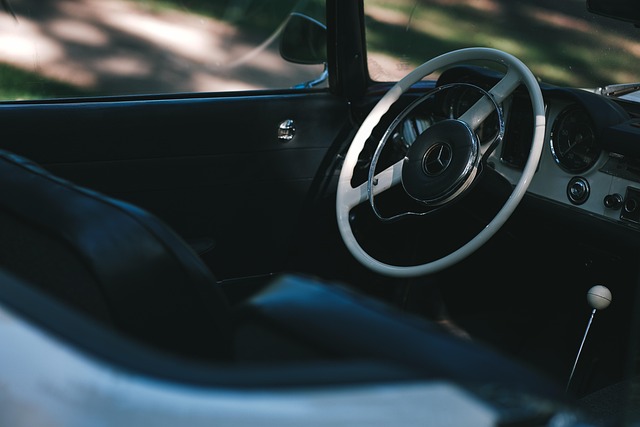
In candy paint collision repairs, auto body shops balance OEM (Original Equipment Manufacturer) part…….
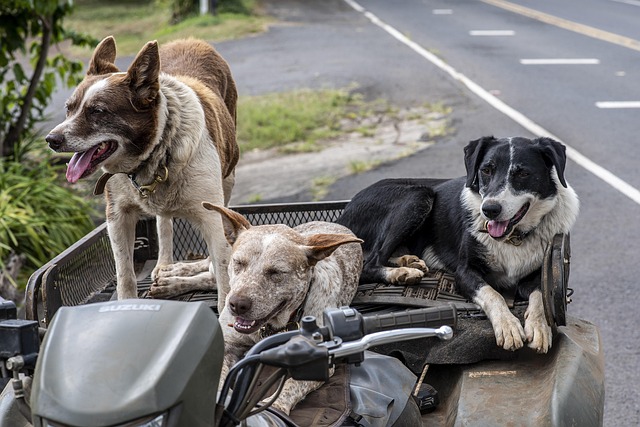
Candy paint collision repair is a specialized service addressing unique challenges of resin-based, m…….

Candy paint collision repair is a specialized service that revitalizes vehicle aesthetics and preser…….

Candy paint collision repair is a specialized auto detailing technique, renowned for its iridescent…….
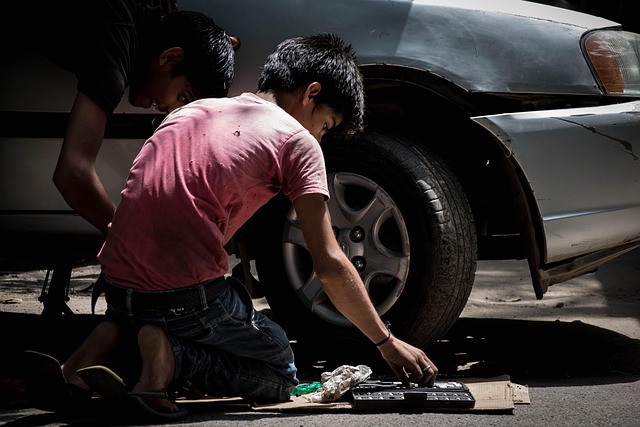
Candy paint collision repair is a specialized auto restoration process that enhances vehicle aesthet…….
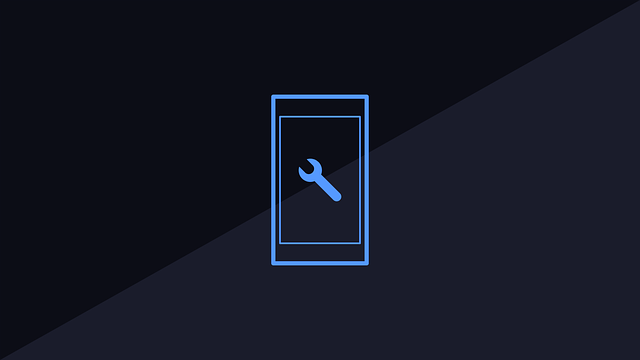
Candy paint collision repair is a specialized automotive restoration process that requires precise a…….
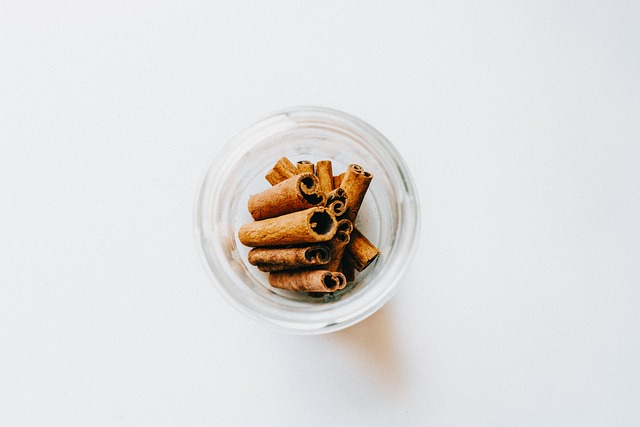
Candy paint collision repair presents unique challenges due to its intricate multi-layer structure a…….
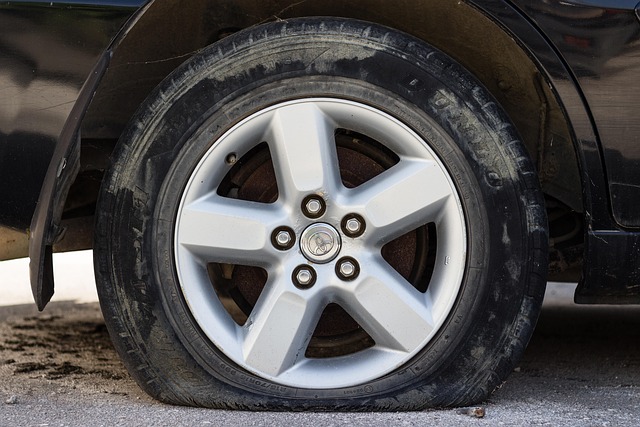
Candy paint collision repair is a revolutionary approach, offering specialized coatings with vibrant…….